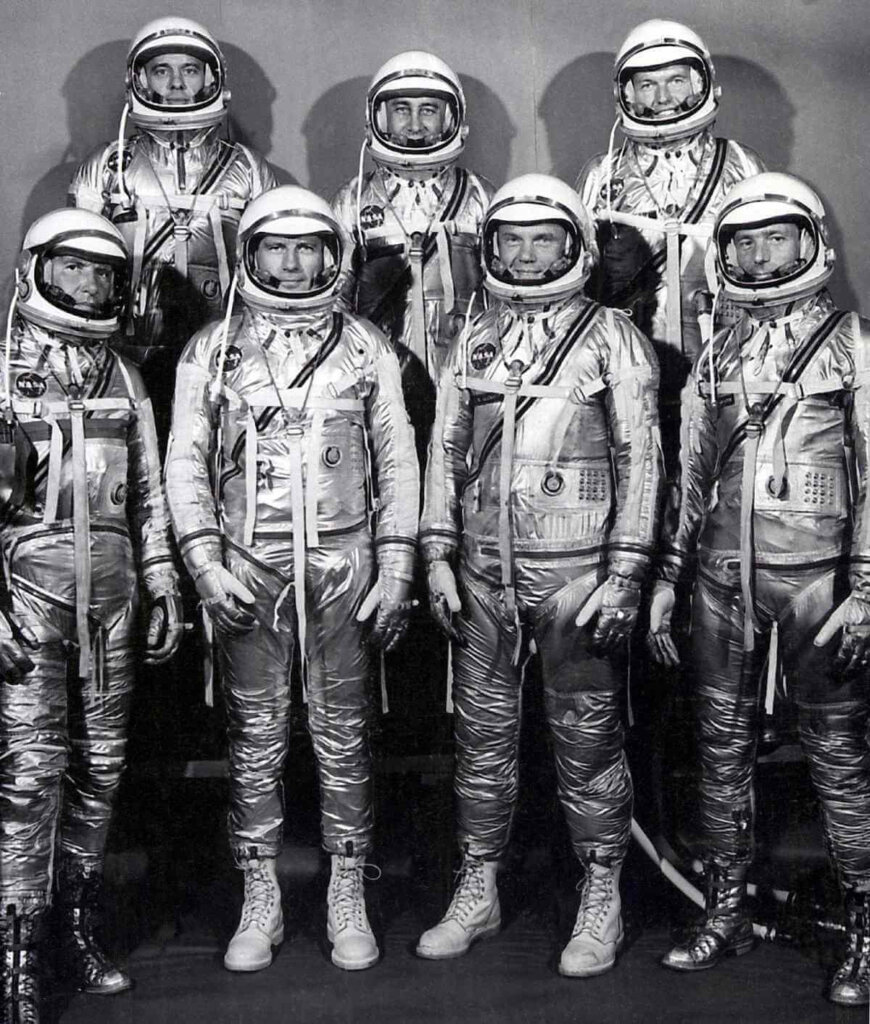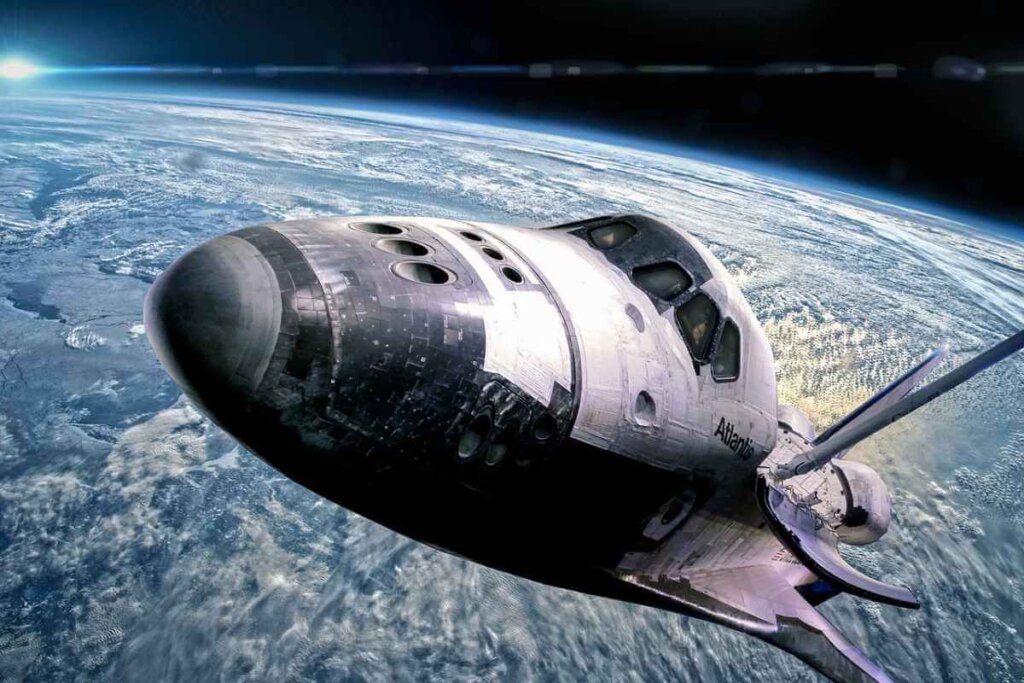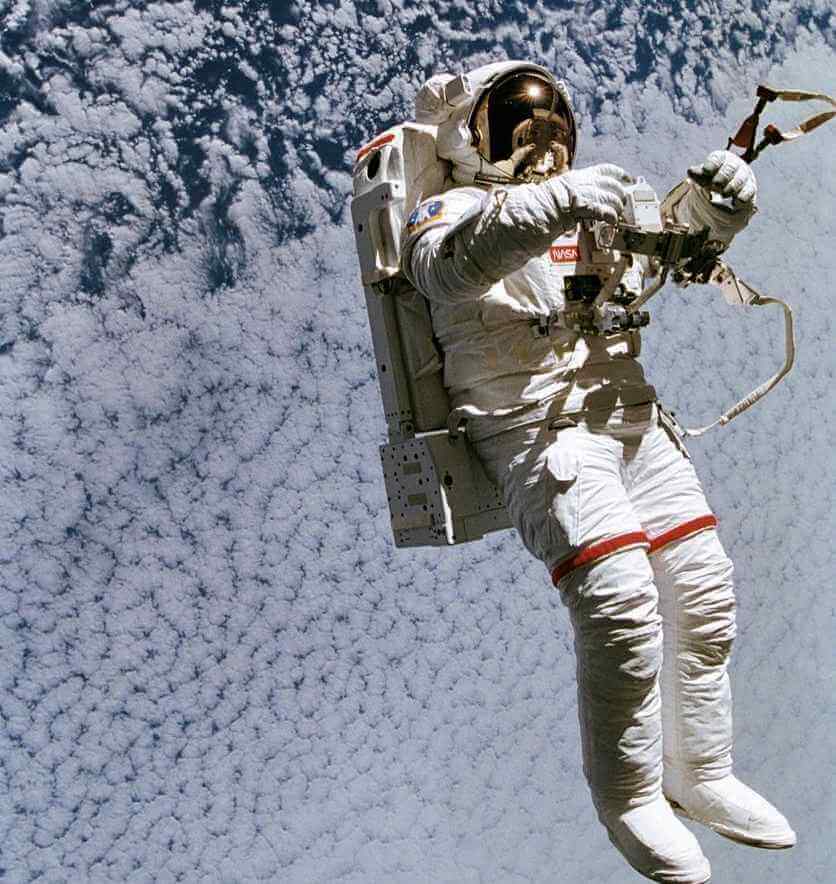The word ‘astronaut‘ is derived from two words in Ancient Greek: ástron, meaning “the stars,” and naútēs, meaning “sailor”. Therefore, the term astronaut quite literally means “star sailor”. But do all astronauts sail the stars? What do we call the astronauts that never make it to space?
Just because an astronaut is selected for the job doesn’t mean they are guaranteed a spaceflight mission. Even so, being selected to become an astronaut in the first place is already a serious feat of intelligence and physical and mental prowess, even if you never actually go to space. Chris Flynn, a former NASA psychiatrist and flight surgeon, stated: “An individual must defeat overwhelming odds to become an astronaut, so they tend to persevere. They will not relinquish the goal of flying in space without a tremendous fight to succeed.”
Astronauts Who Never Made It To Space
As Flynn stated, astronauts have an incredible amount of perseverance and are not quick to give up the main highlight of their job title so easily. An example of this is Donald Kent “Deke” Slayton, a United States Air Force pilot and aeronautical engineer who was selected as one of the original NASA Mercury Seven astronauts. Unfortunately, Slayton developed a heart condition that disqualified him from flying only two months before the mission date. Deke stayed persistent, seeing doctors around the world, quitting cigarette smoking and coffee, and even stopping medication against doctor’s orders. After a long 13 years, he was returned to flight status and selected for the last seat on the last flight of the Apollo program: the Apollo-Soyuz test project.

While Slayton was lucky enough to breach the heavens after lots of hard work, some astronauts were tragically lost before their chance came. Rookie Roger Caffee and spaceflight veterans Gus Grissom and Ed White died from the Apollo 1 fire that swept through the Command Module during a launch rehearsal. In addition to this, Elliot See, Charlie Bassett, Ted Freeman, and C.C. Williams all died during T-38 jet crashes, never getting a chance to go to space.
Outside of the rare tragedies that occur during astronaut training or testing, some astronauts have died in more mundane circumstances before they ever traverse the stars. For example, Edward Givens was an astronaut in the process of training to fly during the Apollo program when he died prematurely in a car crash. Another astronaut, Patricia Robertson, was on a team that was due to fly to the International Space Station, died following a private plane crash.
Are Astronauts That Never Go To Space Still Called Astronauts?
Given the tragic and unordinary deaths of some astronauts who never made it to space, NASA literature and officials still refer to them as astronauts. Sometimes, NASA will divide the astronauts into subclasses and refer to people accepted into training as members of an astronaut class or astronaut candidates for the ones training for spaceflight that have not yet flown. This is partially to show respect to those managing to make it as far as they have by being accepted into one of the most selective careers in the world, even if they never get a chance to sail the stars.
NASA also uses the term astronaut as a job title, rather than a description of someone’s achievements, mostly for public relations and morale-boosting purposes.

While there is no exact line in the sky where the sky meets space, there are official boundaries that astronauts need to pass to be considered in spaceflight rather than high altitude flight. NASA’s Mission Control has agreed that anyone flying above an altitude of 76 miles (122 km) is considered to have earned the title of astronaut. If you are flying outside the United States, you will use the boundary line adopted by the Federation Aeronautique Internationale, known as the Kármán line, of 62 miles (100 km).
By any of these definitions, all of the crew who flew on the Space Shuttle Challenger in 1986 should not be considered astronauts. This is because shortly after the launch, the shuttle broke apart a little less than 9 miles (14.5 km) above sea level, ultimately killing the crew. Among those lost that day were Christina McAuliffe, a schoolteacher slated to present two lessons to school children from space via television broadcast, and her first-timer crewmates Mike Smith and Greg Jarvis. However, when referencing these brave souls, NASA still uses the term astronaut to honor their memory and commitment.
Are There Astronauts That Choose Not To Go To Space?
As we’ve seen, both health issues or untimely deaths have prevented some astronauts from ever reaching space. However, there have been astronauts who were fully equipped and/or scheduled to fly but chose not to go to space.
Brian O’Leary was selected to be a part of NASA’s Astronaut Class 6, which consisted of scientists; O’Leary himself held a Ph.D. in astronomy. Although, he struggled with personal priorities that he believed conflicted with NASA’s, claiming that the organization was insufficiently devoted to science. So, O’Leary resigned from the Astronaut Corps prior to completing his training.
One of O’Leary’s fellow Astronaut Class 6 colleagues, Philip K. Chapman, felt similarly about NASA’s approach to science, believing it to be less-than-serious. He resigned from the program, largely because he strongly disagreed with NASA’s decision to build the Space Station. Publicly, he stated, “It appears that we have to make a choice between losing our competency as pilots or losing our competency as scientists.”
There were even political roadblocks that prevented astronauts from reaching space.
Captain Edward J. Dwight Jr. was the first African American selected by the Kennedy Administration to undergo astronaut training at the Aerospace Research Pilot School (ARPS). He was a U.S. Air Force pilot whose selection into the program at ARPS received international media coverage, and Dwight appeared on the covers of news magazines such as Ebony, Jet, and Sepia. Dwight proceeded to Phase II of ARPS but was ultimately, and controversially, not selected by NASA to be an astronaut.
He resigned from the Air Force in 1966, claiming that “racial politics had forced him out of NASA and into the regular officer corps”. In August 2020, Dwight was made an honorary Space Force member in Washington, D.C.
Conclusion
Astronauts go through an immense amount of training to ensure that spaceflight missions succeed efficiently and safely. Being accepted into an astronaut training program is no minor feat, but selection does not guarantee a trip to space for all astronauts.
In some cases, an untimely death will interrupt one’s journey into the stars, while others make a significant decision to decline spaceflight due to personal conflicts with the space agency. While these candidates never met the requirements for an official designation, most are still referred to as astronauts in NASA’s literature and public relations offices.
Even without achieving that final trek among the stars, these candidates still exemplified the strength, intelligence, mental prowess, and spirit that we so often associate with the term astronaut.

